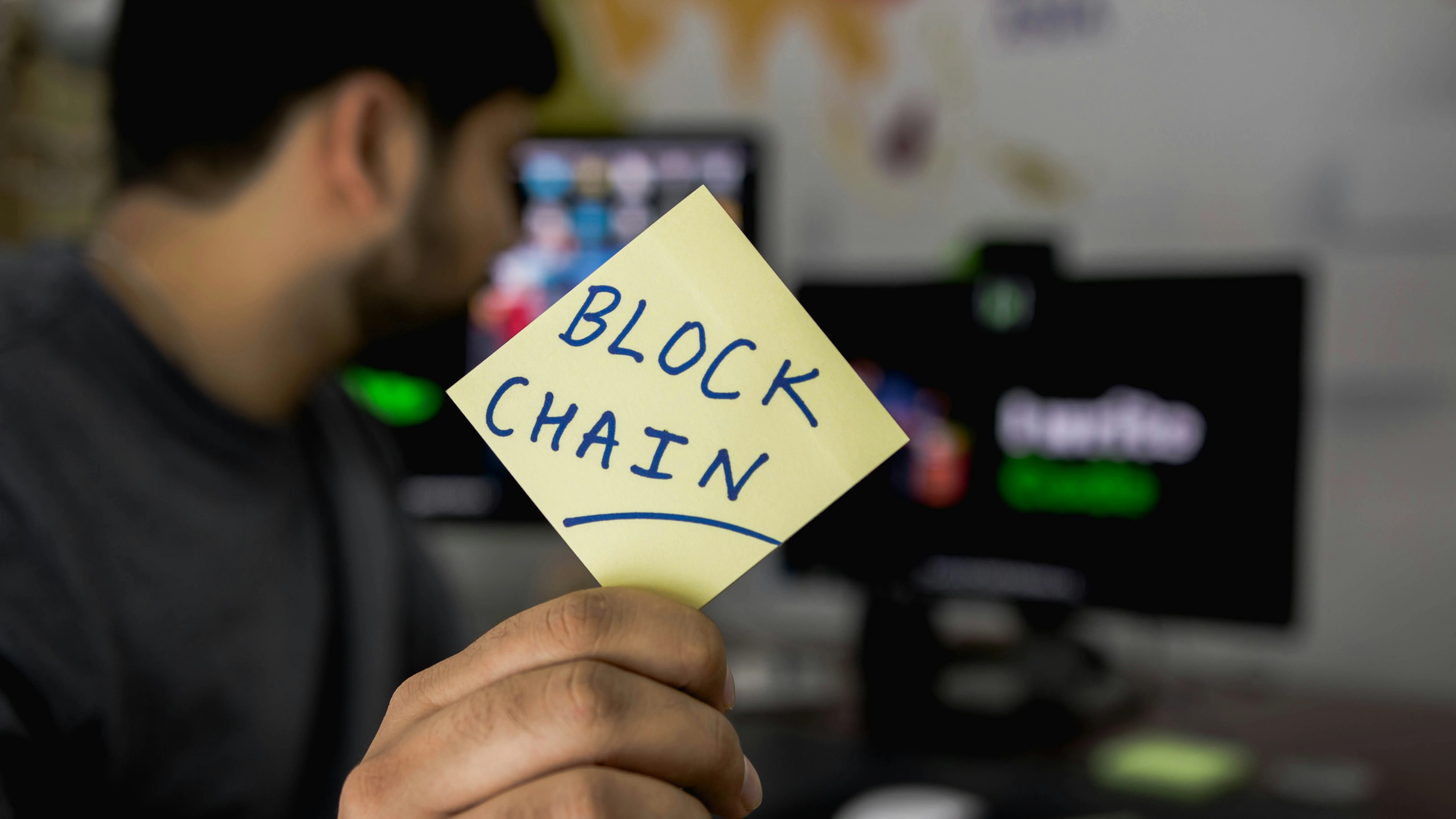The foundation of every safe cryptocurrency transaction is blockchain technology. Blockchain maintains transparency, verifiability, and tamper-proofness whether you’re storing financial assets, sending digital currency across borders, or developing decentralized apps.
However, how does it function precisely, and why do developers, investors, and even financial institutions trust it? This article explains how blockchain technology safeguards your money, facilitates peer-to-peer networks, and makes safe payment methods possible in the contemporary financial industry.
🔍 What Is Blockchain Technology?
Fundamentally, blockchain is a kind of distributed ledger. A blockchain is shared among thousands of computers, in contrast to conventional databases that are managed by a single organization (such as banks or credit card companies).
Each block in the chain stores:
- A collection of confirmed transactions
- A timestamp
- A distinct code (hash)
- An allusion to the block before
Blocks are almost impossible to change once they are added without rewriting the entire chain, which calls for a great deal of processing power and network consensus.
🔐 Why It Matters for Cryptocurrency Transactions
The blockchain keeps a permanent record of every transaction you make when you send tokens or purchase cryptocurrency. This comprises:
- Addresses in wallets (not names)
- The amount sent
- Transaction time
- Using your private key to create a digital signature
Thanks to blockchain technology, this system enables trustless transactions, which means that two people can send money without knowing or trusting one another.

🔑 Role of Private Keys and Cryptography
A private key is used to secure each wallet. This particular code string:
- Verifies your identity
- permits transactions to be sent out.
- safeguards your cryptocurrency funds.
Your private key is used to sign transactions when you send money. Without ever disclosing your key, other nodes (computers in the network) validate this signature.
This cryptographic system:
- Stops fraud
- protects money from hackers
- permits safe peer-to-peer transactions.
🏦 How Financial Institutions Use Blockchain
Once considered a threat, financial institutions now embrace blockchain. Banks and fintech firms use it to:
- Issue digital bonds
- Verify cross-border payments
- Track and tokenize financial assets
Even credit card companies like Visa and Mastercard are experimenting with open source blockchain networks for settlements.
By moving from centralized to distributed ledger systems, these companies improve speed, reduce fraud, and cut operational costs.

💳 Blockchain vs Traditional Payment Methods
| Feature | Blockchain | Credit/Debit Cards |
|---|---|---|
| Control | Decentralized (P2P) | Centralized (Bank) |
| Security | Cryptography + Consensus | Passwords + 2FA |
| Fees | Minimal or zero | Often 2%–4% |
| Privacy | Pseudonymous | KYC Required |
| Ownership | User controls private key | Bank controls account |
This shift allows users to handle their digital currency directly—without the need for credit card companies or banks as intermediaries.
🌐 Distributed Ledger: The Heart of Transparency
The way all transactions are visible throughout the network is referred to as a distributed ledger. After a block has been verified:
- It is kept on each participating node.
- It cannot be changed in the past.
- Anyone can use a block explorer to confirm it.
This transparency boosts trust and accountability across the cryptocurrency market.
🧠 Satoshi Nakamoto’s Vision
Blockchain was first presented as a trustless system in Satoshi Nakamoto’s original Bitcoin whitepaper. Rather than depending on banks, the network would:
- Verify transactions with processing power
- Avoid spending twice.
- Give users control.
Today, that vision powers not only Bitcoin but Ethereum, Solana, and many open source blockchain projects.

💼 Real-World Use: Investing in Cryptocurrency
Blockchain facilitates safe cryptocurrency investing for both individuals and organizations. These days, platforms provide:
- Private key protection for safe storage
- Trade settlement in real time
- Tools for reporting based on blockchain
Additionally, as cryptocurrency funds and exchange-traded funds (ETFs) gain popularity, blockchain’s function in overseeing and validating substantial financial assets keeps expanding.
🔁 Blockchain and Peer to Peer Payments
One of blockchain’s most powerful uses is in peer to peer payments. You can:
- Send crypto directly to someone’s wallet
- Avoid delays from banks or fiat currencies
- Use QR codes for real-world transactions
Some apps now offer crypto-backed debit card services, allowing users to spend instantly with blockchain settling the transaction in the background.
🛡️ Security Through Consensus and Computing Power
Proof-of-work is used in blockchains like Bitcoin, and miners use their enormous processing power to secure the network. Others, such as Ethereum, employ proof-of-stake, in which the assets staked determine the validators.
In both cases, the system ensures:
- Network participants follow the rules
- Malicious activity is rejected
- Honest behavior is rewarded
This decentralized structure is far more secure than traditional finance models.
✅ Final Thoughts
From cryptocurrency transactions to investing in cryptocurrency, blockchain technology plays a critical role in making everything safe, transparent, and borderless.
Its reliance on private key security, open source infrastructure, and distributed ledger systems ensures that your digital currency is protected at every step.
Anticipate even quicker and safer tools for managing cryptocurrency funds, making peer-to-peer payments, and creating the financial future as more financial institutions join the blockchain movement.
Bonus Tips
- To increase Google Discover visibility, use infographics that illustrate how blockchain transactions operate.
- To keep your article current for SEO, update it whenever significant blockchain changes take place, such as Ethereum forks.
- Include a link to a blockchain explorer to increase user engagement and trust.
Q1: Describe blockchain in brief?
Blockchain is a publicly accessible digital ledger that, independent of banks, securely and openly records transactions.
Q2: Is cryptocurrency safe on blockchain?
Indeed. Blockchain ensures transaction security through the use of private keys, cryptography, and processing power.
Q3: What is the difference between credit card companies and blockchain?
Blockchain eliminates the need for middlemen, unlike credit card companies. It is user-controlled, quicker, and less expensive.
Q4: Can blockchain be used by financial institutions?
Of course. Blockchain technology is being used by many to track financial assets, issue tokens, and enhance international payments.
READ ALSO :
How to Buy Cryptocurrency Safely in 2025
✍️ Author Bio Box
Written by the Swipywiro Team
Swipywiro.com shares crypto, stock, and fintech insights in plain, actionable language. Follow us on Twitter @swipywiro.
⚠️ Financial Disclaimer
This article is for informational purposes only and does not constitute financial advice. Please consult with a certified financial advisor before making investment decisions.

